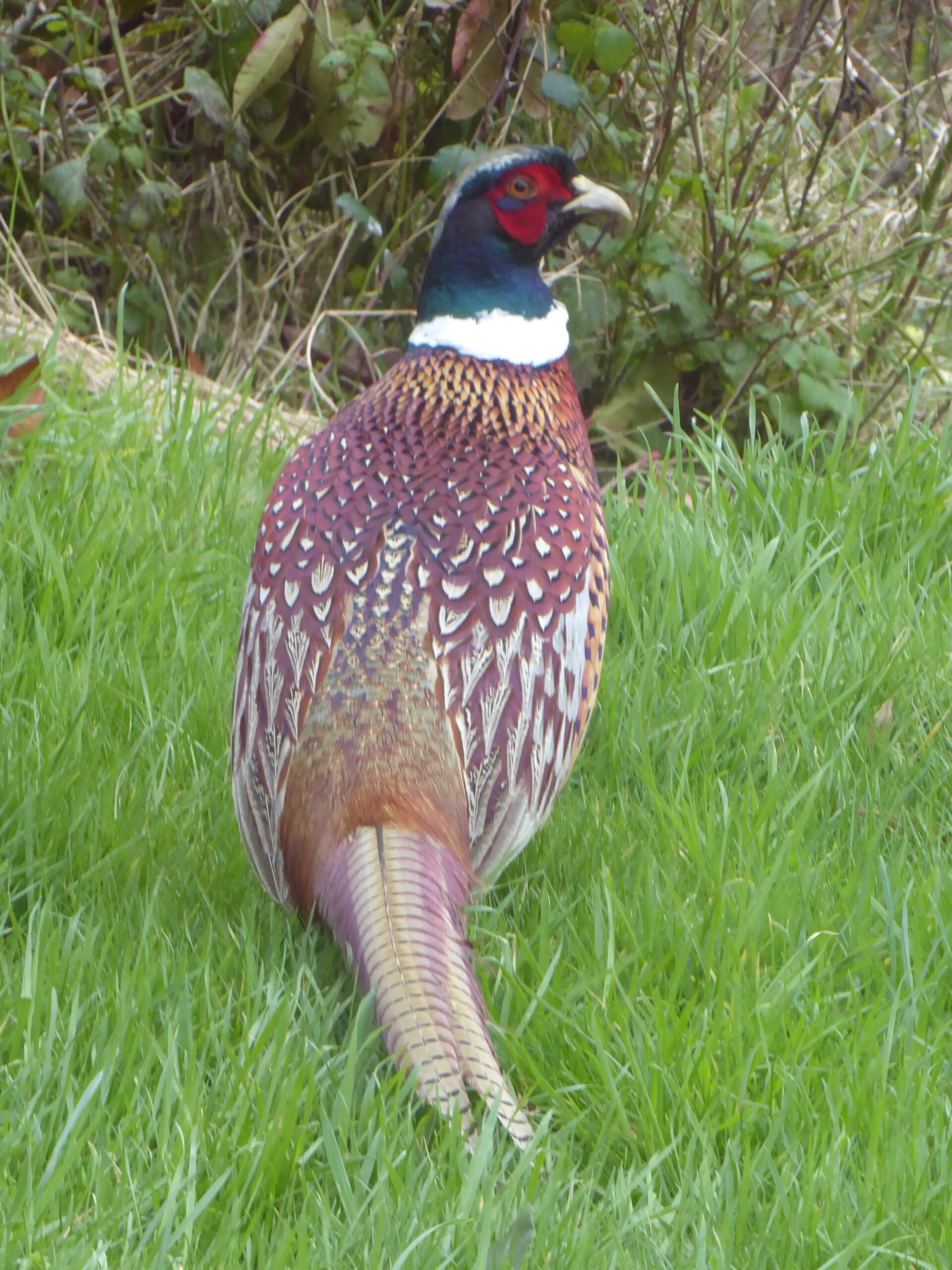It continues to be very ‘birdy’ with great tits, blue tits, clusters of long-tailed tits, sparrows, dunnock, wren, and robins visiting the bird feeder and the trees and bushes in the top garden.
There has been an elusive greenfinch, we think, and/or a chiffchaff and/or a willow warbler. All of those have shades of green in their plumage. The greenfinch has been up close to the house, so we are reasonably sure of that one, but there has been possibly another green-tinged bird hopping about at the top of the bank. There was another that I haven’t seen clearly calling ‘tsp-tsp’ and flying between the alders and other trees in the valley. Yesterday, I managed to go down the steps and walk along Hard Knot Pass, which is strewn with cut grass, so not muddy. I was able to get some good pictures of Little Venice drying out and narrowly missed the ‘tsp-tsp’ bird, who was perched on a stout pruned willow trunk. It would have been a great shot, but before I got the camera focused he was off! We know there is a chiff-chaff out there because we’ve heard it. We’ve also heard a willow warbler’s ‘wheeeep, wheeeep’. The ‘pink-pink’ bird might actually be something completely different – it’s probably not a song, but more likely an alarm or contact call.
So, just when I thought I had nothing for the blog, a male pheasant visited. We have been regularly visited by common pheasants, male and female, but over the winter there is shooting on the hill opposite, and they tend to fly off over the valley to the hills behind us. We can often hear the males squawking. The females visit later in the year often in groups. The pheasants will eat bird seed scattered or left out for them. They also eat berries and insects. The female common pheasant is mottled brown with a much shorter tail.

